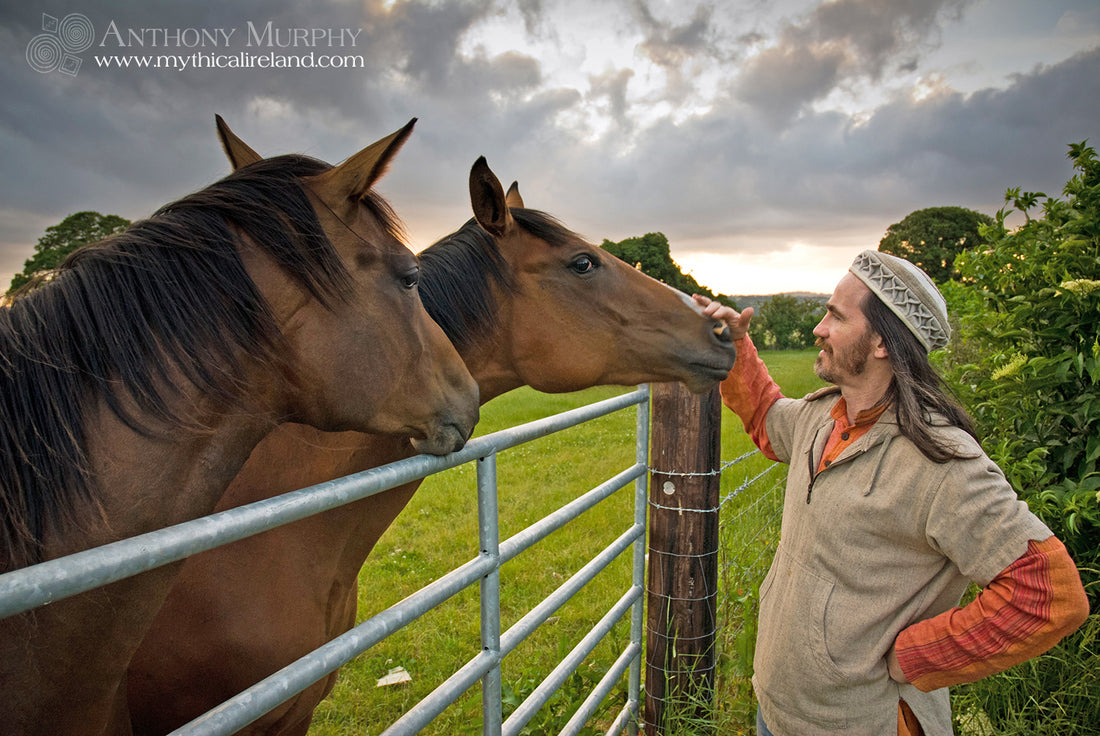
25 years ago: the day a conversation with artist Richard Moore changed my life
Twenty-five years ago this week, Richard Moore stepped into the reception office of the Drogheda Independent newspaper, where I worked, and asked to speak with me. It was a meeting and a conversation that would change my life, and ultimately lead to the establishment of Mythical Ireland the publication of many books, and the making of some major archaeological and astronomical discoveries.

Richard Moore and Anthony Murphy at Knowth's Calendar Stone in 2000.
It might surprise you to learn that I was, in fact, expecting Richard to visit. A journalist colleague, Caroline Kavanagh, met Richard some time before that January 1999 day when he came to 9 Shop Street (the Drogheda Independent office) to see me, and he had been talking about needing some information about astronomy. Knowing that I was an avid astronomer, she suggested he come and speak with me. Richard’s friend Michael Byrne, also an astronomer, likewise suggested he pay me a visit.

Michael Byrne, Richard Moore and Anthony Murphy at Baltray Standing Stones 20 years after their winter solstice discovery.
Richard had plans for a large public art project he had envisaged that would involve placing very large megaliths or standing stones in the pattern of a well-known constellation, but certain pairs of stones would form alignments towards solstice sunrises and sunsets, and perhaps even the rising and setting places of certain stars. It sounded fascinating.

Richard Moore painting a Drogheda streetscape.
I already knew Richard, in a way. I had met him a couple of years previously while he was painting a picture of Constitution Hill and Laurence Gate one morning while I was walking from work between my home in Chord Road and the D.I. office in Shop Street.

Richard Moore painting at Hill of Slane at night in 2006.
I remembered him as a softly-spoken and very friendly man. Not every artist appreciates being asked questions by a curious public, but Richard had been a well-known presence around Drogheda and the Boyne Valley for many years as a landscape artist, and many people knew him.
 Artist Richard Moore in his home at Dublin Road, Drogheda.
Artist Richard Moore in his home at Dublin Road, Drogheda.
If they didn’t know him as an artist, local folk knew Richard because his father, the late Alex Moore, had been a doctor (a general practitioner) for many years in Drogheda, running his practice from the family home on Dublin Road.

Richard Moore at Knowth.
A full account of that first conversation in the reception area of the Drogheda Independent in January 2009 is beyond my memory now, but I do recall certain key things. Richard said he had been studying the monuments and landscape for many years (he had been painting in and around Brú na Bóinne for the best part of two decades at that stage) and he had lots of questions. In particular, he felt that there was more astronomy involved in the megalithic art and the design of the monuments.

Richard Moore, Geraldine Stout and Clare Tuffy at Newgrange, solstice 2007.
I remember distinctly that he had an enlarged photocopy of a drawing of orthostat 54 from the eastern chamber of Knowth that had been reproduced from Professor George Eogan’s 1986 book, Knowth and the passage-tombs of Ireland.
He pointed to some of the manmade markings on the stone and asked: “Could these be stars”?

Richard Moore filming The Cygnus Enigma at Newgrange in 2005.
I was excited. Very excited. I was very familiar with the drawing because I had commandeered my father’s copy of Eogan’s book and was deeply fascinated by the revelations of the excavations of the major passage-tombs of Knowth and Newgrange.

Richard Moore and Anthony Murphy in Fourknocks filming The Cygnus Enigma.
Richard asked me specifically about the constellation Cygnus. He wanted to know if it was possible that that constellation had been envisaged as a swan by ancient Irish astronomers in the Boyne Valley. Then he told me about the fact that swans were significant in some of the mythological stories about Newgrange. I think at this point the hairs were standing on the back of my neck. My intrigue was only heightened when he told me that a large flock of whooper swans came to Newgrange every winter. He had first seen them while painting at Newgrange Farm in the early 1980s. He added that the shape of Cygnus was cruciform, just like the chamber of Newgrange.

Anthony and Richard with the High Man map in Drogheda Workspace Centre.
I couldn’t have known it that day, but Richard’s visit marked the beginning of a most rewarding, productive and fascinating collaboration and friendship that was to lead, seven and a half years later, to the publication of our book, Island of the Setting Sun: In Search of Ireland’s Ancient Astronomers.

Richard with Island of the Setting Sun in Waterstones.
Clearly, Richard had some astronomical knowledge, but yearned to know more about the stars and the constellations and the movements of the sun and moon. It’s not difficult to see why he might have craved that information. Archaeologists had unearthed wonderful treasures and a wealth of fascinating information at Newgrange and Knowth, but they knew little or nothing about the night sky and this, Richard believed, might have hindered their interpretation of these magnificent monuments. Could they be missing part of the picture, he wondered.

Richard Moore at Knowth's western entrance in 2000.
His questions were, I suppose, intuitive, and there was something in my own intuition that knew then that a wonderfully exciting journey was beginning. Here was an artist, a quietly spoken, well-mannered and well-educated man, who had a head full of knowledge and a mind potent with inquisitive yearning. And, in a conversation that lasted perhaps about 20 minutes or half an hour (probably more), he had filled my mind with a host of questions and excited thoughts. By the time he left, walking out into the cold winter air of Shop Street that January day, I knew somewhere deep in my soul that we were going to have fascinating and riveting journeys.

Richard at an archaeology dig at Knowth Site M, 2003.
When we next met, we took a drive out into the Boyne Valley. On a grey, cold and overcast January day, it was perhaps appropriate that our first visit was to Dowth – the monument anciently called Dubhadh, meaning “darkness” – and the one I had climbed years before as a child. Richard showed me the Stone of the Seven Suns and the entrances to the passages that led into the giant cairn. Thus began in earnest our partnership and a new exploration of the Brú na Bóinne monuments and myths, one which was to prove exceedingly fruitful.

Richard at Garrett's Fort, Ardee, 2005.
In the summer of that year (1999), Richard showed me a painting of two standing stones which he said were located near the village of Baltray at the mouth of the Boyne river. I never knew there were standing stones in Baltray. As we would soon learn, neither did many of the inhabitants of that village at the time! He asked if I would be interested in visiting them. My answer was very definitely in the affirmative.

Richard chats with TV broadcaster and comedian Dara O'Briain.
Richard had previously visited the stone pair with Michael Byrne. On that summer day, Michael made a very interesting observation which was to prove crucial to a significant discovery about the Baltray stones. When he placed his binoculars against the long, thin edge of the larger monolith, Michael could see Rockabill in his eyepieces. Rockabill is duo of very small islands off the eastern Irish coastline, just over four miles (6.7km) from the village of Skerries in County Dublin. There is a modern lighthouse on the larger island.

Richard's hat (from about 2005 or so) had markings similar to those on the roofbox lintel at Newgrange!
On the day of our visit, Richard had a very beautiful but somewhat bulky item which would prove useful in a number of our visits to various megalithic sites. It was a ship’s compass. We would spend several years taking detailed magnetic measurements to try to ascertain the alignment of certain stones and passages. I would then calculate the true azimuths from the magnetic values ascertained during these measurements, and compare these azimuths with the rising and setting places of sun, moon and certain key stars.

Richard Moore, Anthony Murphy and Derek McCluskey after the completion of the High Man art installation at Newgrange Farm, June 2014.
Our measurement of the angle of azimuth of the alignment between the great stone of Baltray and the larger island at Rockabill yielded a result of approximately 130°. I knew immediately that this was approximately southeast and may correspond with the position of the rising sun at winter solstice. But there was a problem. It was July. Winter solstice would not take place for another five months. My suggestion that we were dealing with a winter solstice alignment could not be proven or disproven until December 21st.
In the meantime, I consulted my computer and used freely available astronomy software to calculate the approximate rising azimuth of winter solstice sun. One of the advantages of astronomy programs (which even in 1999 were quite capable) is that you can not only position yourself anywhere on earth to see what the sky looks like from a particular location, but you can also wind the clock back and see what the sky looked like hundreds or even thousands of years ago. The software, a free program called SkyGlobe, was indicating a winter solstice sunrise position of approximately 130°.

Richard's painting of the Baltray standing stones.
Fast-forward to December 21st 1999, and Richard and Michael arrived at the standing stones just as the sun was rising. Michael had his camcorder with him and captured some video of the sun rising just a couple of sun-widths left (north) of Rockabill.

Winter solstice sunrise at Baltray standing stones in 2007.
The next day, as I viewed that video footage in Michael’s house with Richard, I was elated. Here was another prehistoric megalithic monument in the Boyne Valley (along with Newgrange) aligned towards winter solstice sunrise. And it looked to be of the same greywacke (muddy sandstone) from Clogherhead which constitutes all the kerb stones and many of the interior structural stones of Newgrange.

Observers watch winter solstice sunrise at Baltray.
The following summer, in June of the year 2000, Richard and I witnessed the sunrise at Site Q, the giant Dowth Henge on the lands of Dowth Hall. We may well have been the first observers to do so since prehistoric times. We later found out, through a remarkably coincidental meeting with Professor Ronald Hicks, that he had suggested a solstice alignment for Site Q years previously, in a 1985 paper.
Island of the Setting Sun was published in November 2006. It sold out within a year, and a revised and expanded version of the book was published in the first half of 2008. After it sold out again, it was out of print for a number of years, but was finally reprinted in 2020.

Good friends ... when the Covid lockdowns were eased in summer 2020, I visited Richard for conversation, tea and cake!
Richard and I have remained good friends in the 25 years that have elapsed since our first conversation about stars, stones and stories in the Drogheda Independent office in January 1999. He is an important part of the Mythical Ireland story, because his companionship and his discussion of the mythology of the Brú na Bóinne monuments prompted me to establish the Mythical Ireland website in March of the year 2000.
I am publishing this blog post as a brief tribute to him and to say thank you to Richard for instilling in me a great love of the ancient myths and legends of Ireland, a love which has engendered nine books, a huge website, hundreds of videos and a remarkable curiosity for the past.
Here’s to you Richard – and to another 25 years of friendship and discoveries!
Listen to my two podcast interviews with Richard below:

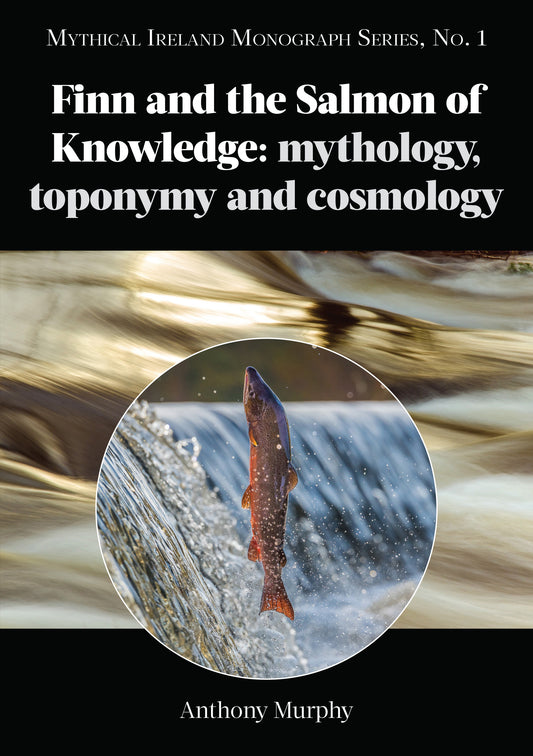
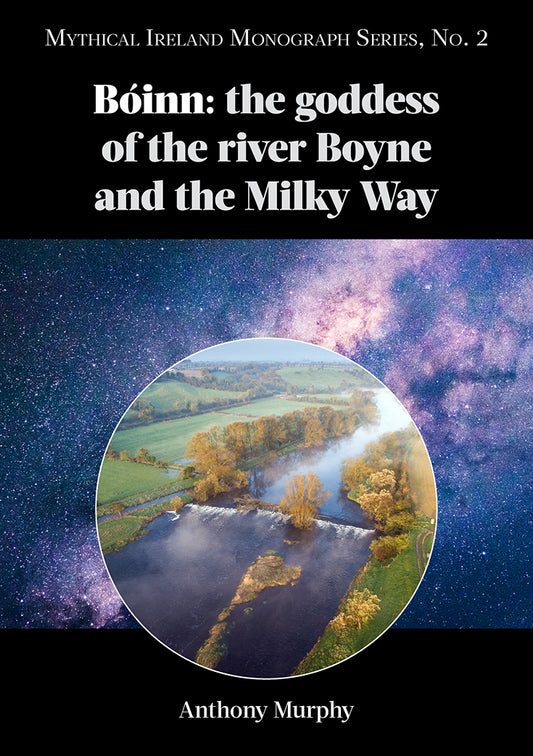
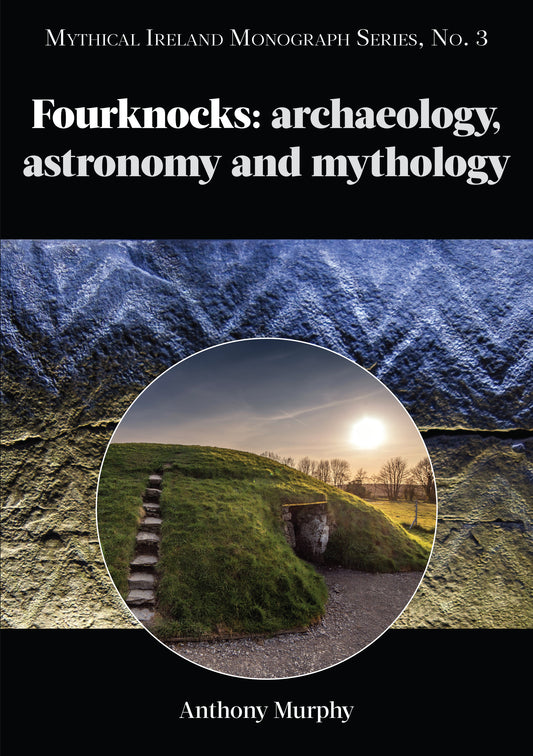
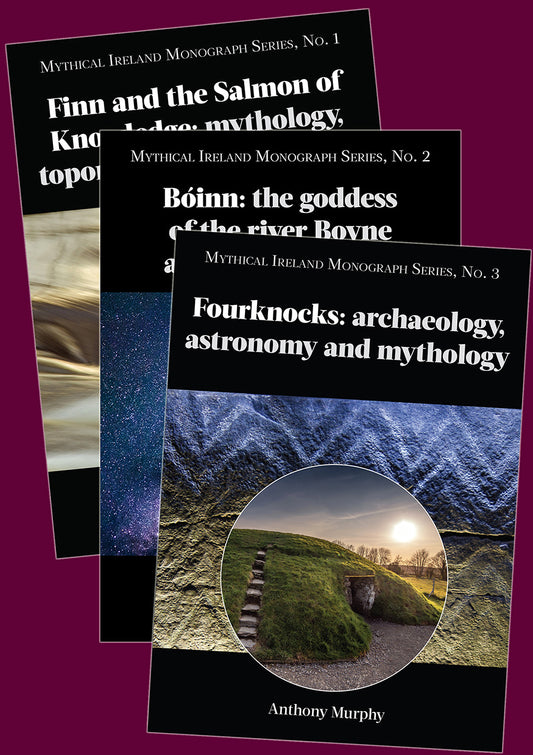
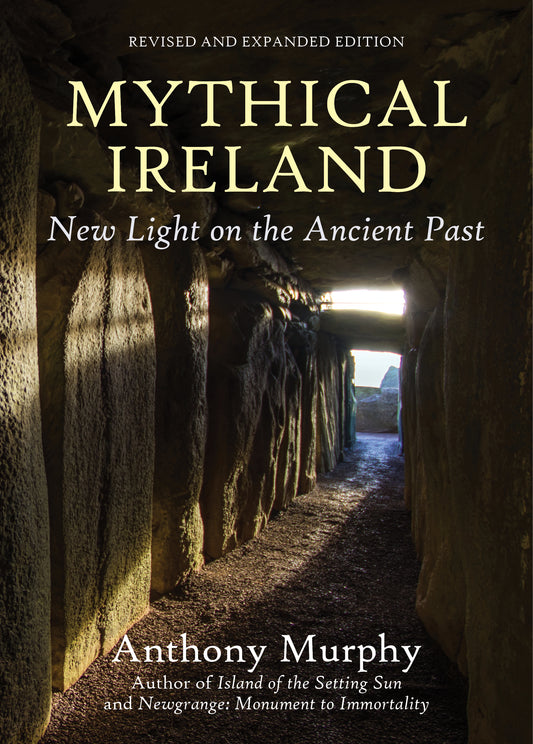
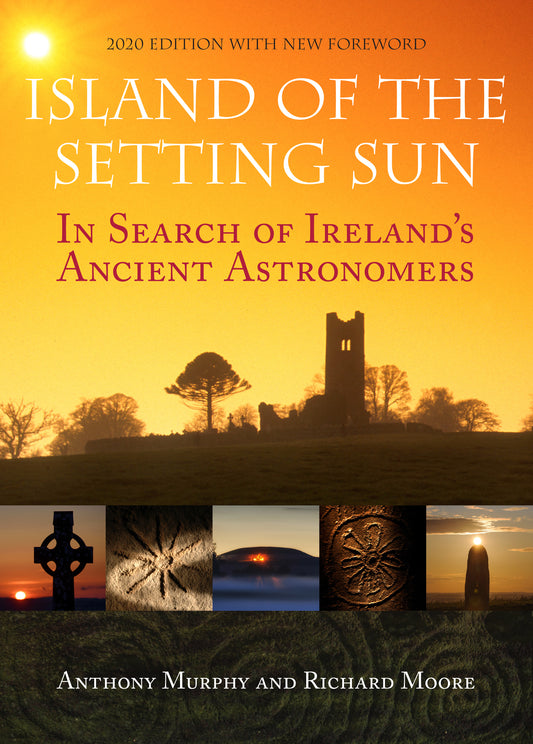
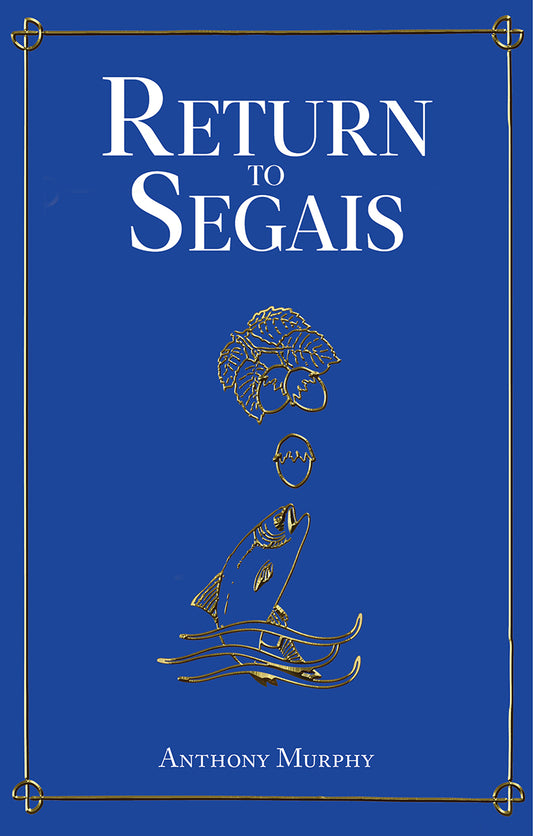
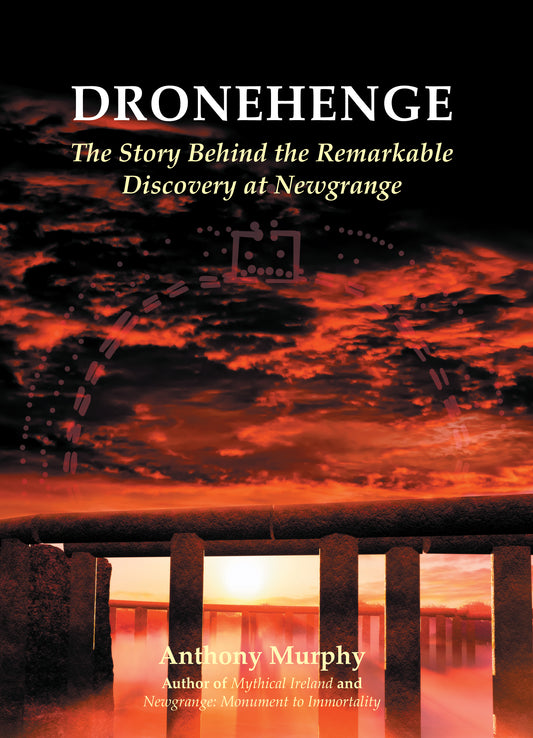
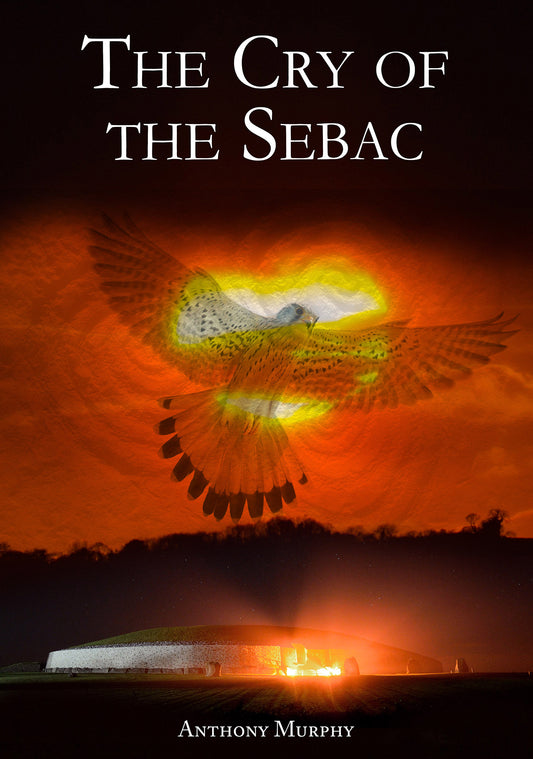
4 comments
Paul Murphy – thanks! You may have noticed I didn’t add the fact that the editor may have been wondering where I was and why I was away from my desk for so long that day! And I didn’t even come back with a story! And yes, Santa’s gift opened the universe to young eyes!
Hi Fran. Thanks – glad you enjoyed reading about this journey into the mystical, megalithic past. Most of my books can be bought here on the website and I’ll send you signed copies. If you live locally (I think you’re in Drogheda?) you could get them direct from me and avoid postage.
A wonderful piece. Wasn’t it a wonderful investment when Santa Claus brought a new telescope when you were 10!
Marvelous on many levels and I’m genuinely in awe. Being a novice astrology fan? I need to read your books …